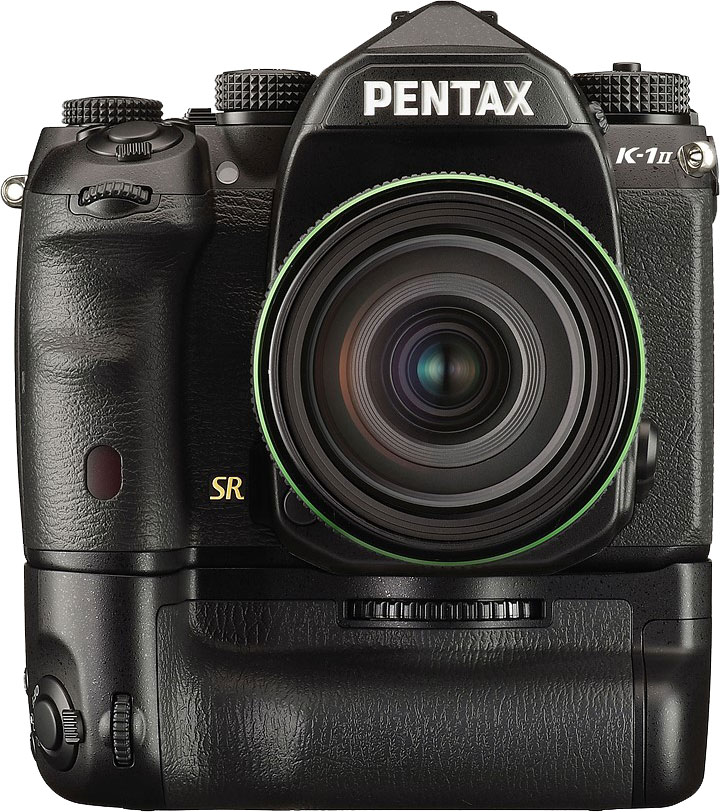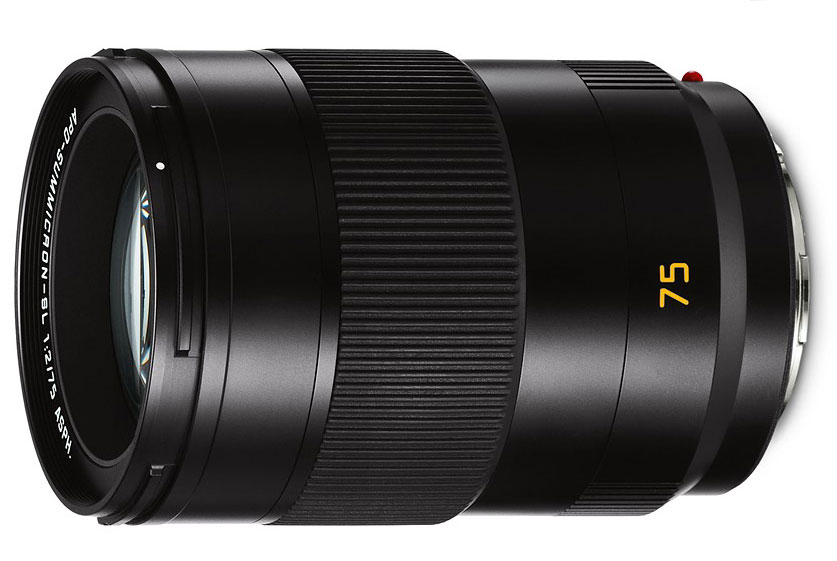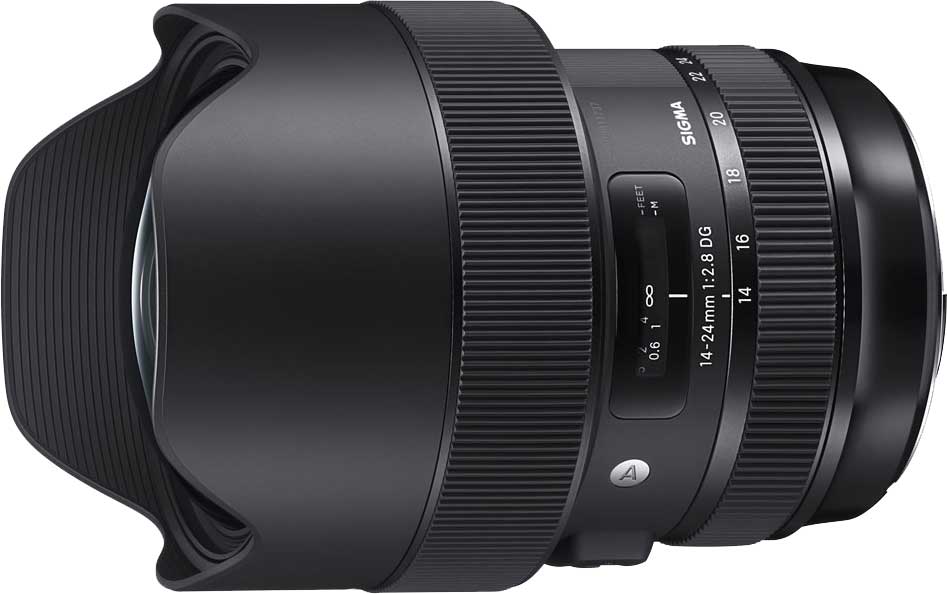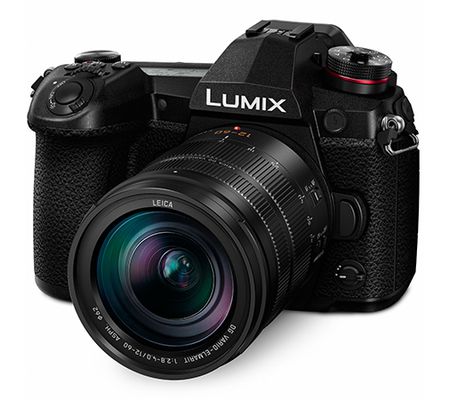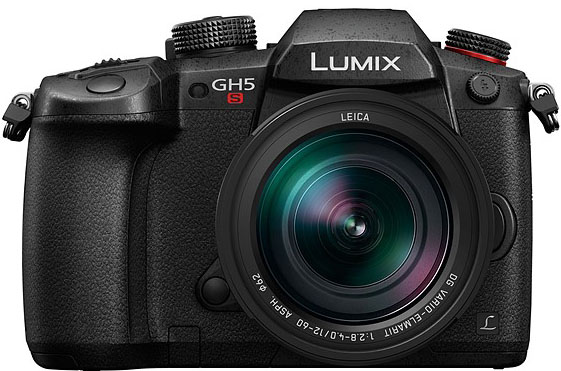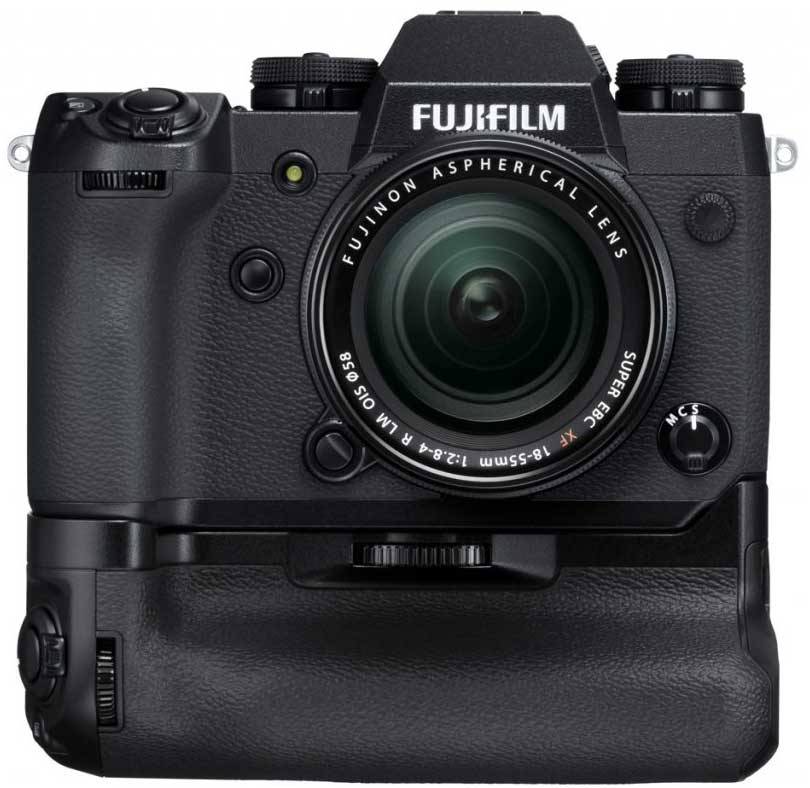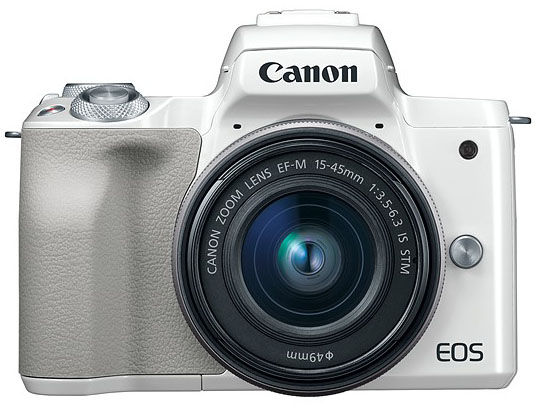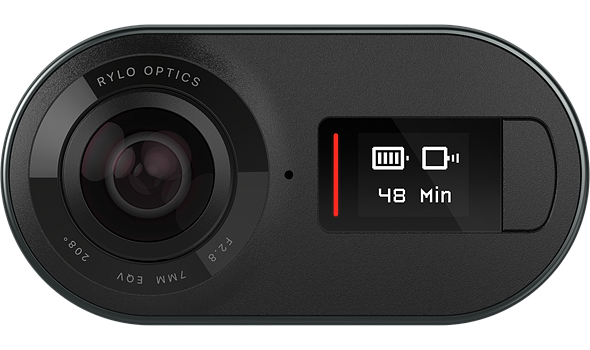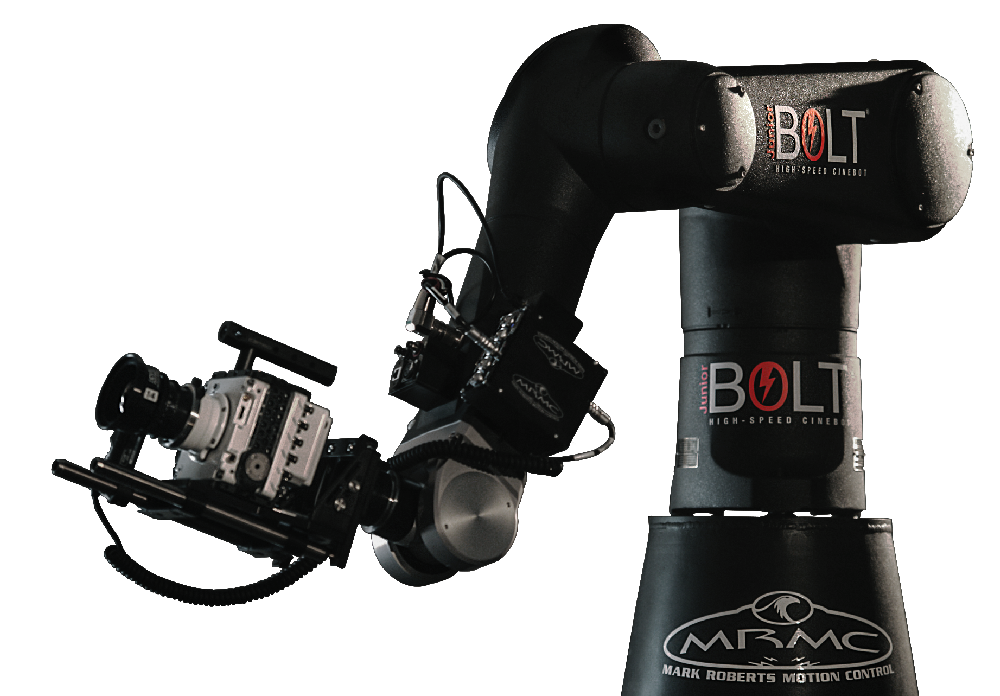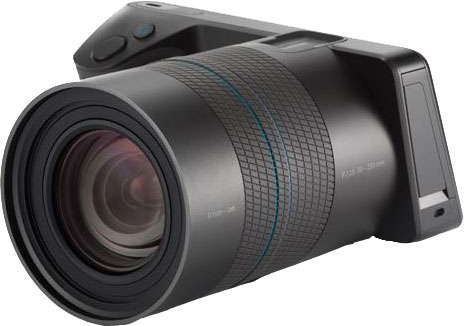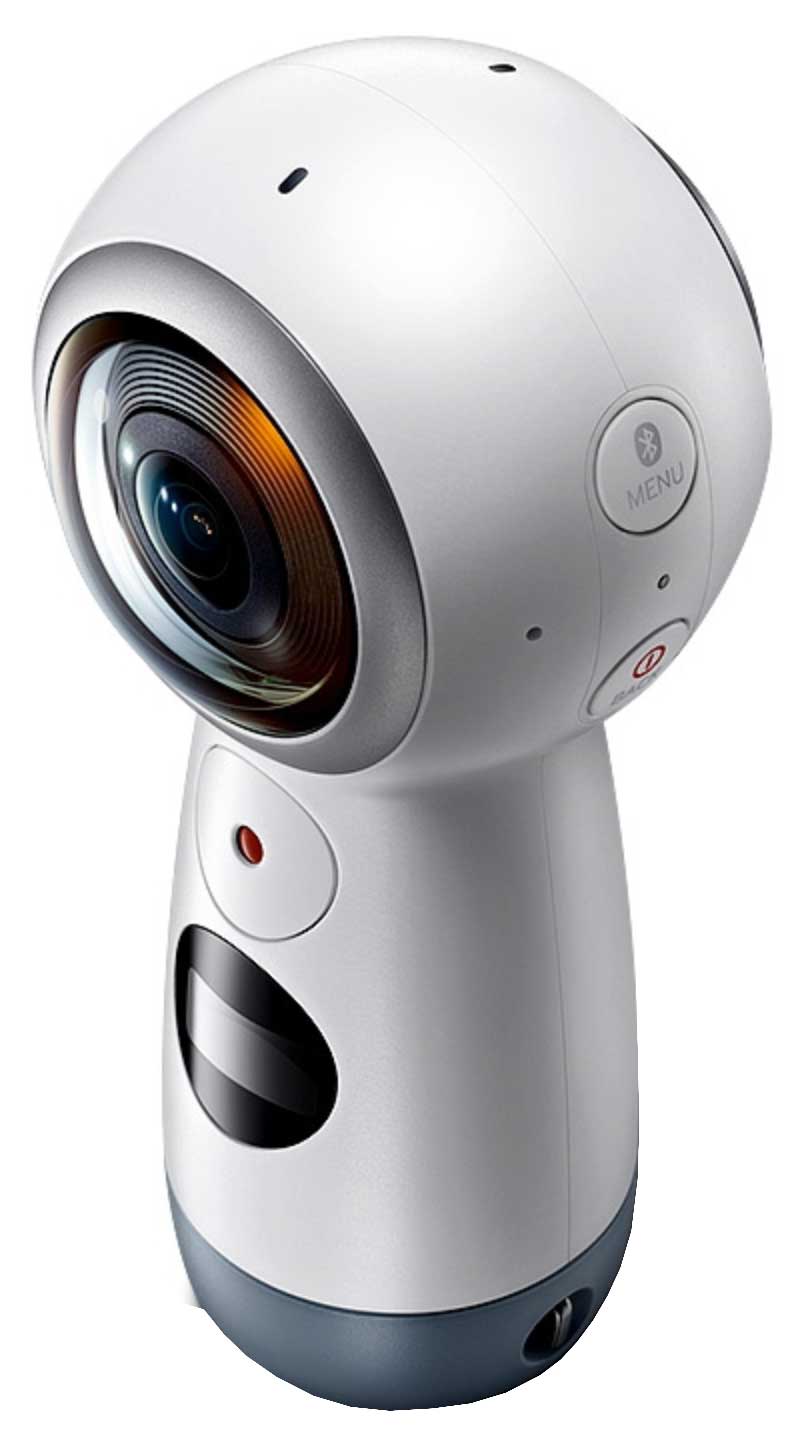|
|
|
News from CES and CP+ 2018 |
Main Trends
|
In addition to new products for consumers: 8K widescreen TV, connected objects for animals, the most important innovations are dedicated to the professional world: Health Tech, Smart City, connected car that will change the lives of consumers but also change business models of industrials. |
artificial intelligence |
Full Format «24x36»
|
|
|
The only full format announcements are about upgrades of cameras :
Sony updates most of its Alpha 7 series in Mark III version. After the Alpha 7R III, dedicated to high resolution, it is the Sony Alpha7 III, which becomes the entry point of the Alpha range at Sony with its new sensor BSI CMOS Exmor R 24MP full frame, a larger capacity 'Z' battery, an AF joystick, the EyeAF feature, a larger Z battery, an AF joystick, the EyeAF function, a 693-point AF system offers 93% frame coverage. Continuous shooting is offered at up to 10 fps with mechanical shutter, and 5-axis in-body stabilization claims a 5.0 stop shutter speed advantage.
The Sony A7 mark III will be available at a price of 2299 € (March 2018).
Only one full-size camera was presented at CP+ at Yokohama with the Pentax K1 mark II an evolution of K1. It keeps the 36MP CMOS sensor, 5-axis in-body image stabilization with several tricks up its sleeve, a articulating LCD and a body built like a tank. Its improves upon the K-1's image quality thanks to a new 'accelerator unit' while adding the ability to use the Pixel Shift high-res mode without a tripod and can shoot up to ISO 819,200.
|
|
Nikkor Zoom AF-S 120-400mm TC1,4 FL ED VR |
|
No other new full-size camera but a rumor about the upcoming presentation (at Photokina 2018) of a full-format (FX) and APS-C (DX) mirror-less Nikon camera with a new Z-mount.
This mount would have an External diameter ED of 49 mm and a Flange focal distance FFD of 16mm. For comparison the Nikon F mount has a ED of 44 mm and a FFD of 46.5 mm and the Sony E mount has a ED of 46.1 mm and a FFD of 18 mm.
Nikon has announced the Nikon 180-400mm f/4E TC1.4 FL ED VR with a built-in x1.4 converter. This converter transforms the focal in 252-560 mm in FX format (24 × 36) or 378-840 mm in DX format (APS-C).
This lens has a VR system that allows speeds to be four times slower, a VR SPORT mode to keep track of fast-moving subjects, an electromagnetic-controlled diaphragm, a minimum focus of 2 meters, and 27 lenses in 19 groups with 1 fluorite glass, 8 ED glasses and nanocrystal treatment. Finally, all moving parts have seals to resist to bad weather.
The AF-S NIKKOR 180-400mm f/4E TC1.4 FL ED VR will be available for $ 14500 (March 2018).
For its 24 x 36 hybrid camera, the Leica SL, Leica is offering two new lenses with fixed focal : 75mm and 90mm.
These two lenses APO-Summicron-SL f/2 ASPH have the same apochromatic design. They have a single aspherical lens on 11 lenses in 9 groups with a minimum focus distance of 0.5 and 0.6 meters respectively. They are treated all-weather and have an announced "ultra-fast" focus.
These new APO-Summicron-SL f/2 ASPH will be available at $ 4750 for the 75mm and $ 5150 for the 90mm (March 2018).
|
|
|
Sigma presented several new lenses at CP+ ; The new 70 mm f/2,8 macro, a 105 mm f/1,4 and seven fixes lenses :
– The 70 mm f/2.8 DG Macro ART is equipped with a focusing system with electric transmission but allows manual retouching at any time. Available in Sigma, Canon and Sony E mount but not in Nikon.
Optical formula: 13 elements in 10 groups - Field angle (24 × 36): 34.3 ° - Diaphragm: 9 blades (circular) - Min. Distance from MaP: 25.8 cm - Maximum magnification ratio: 1: 1 - Filter: ø49 mm - Dimensions: ø70.8 mm x 105.8 mm - Weight: 515 g.
- The 105mm f / 1.4 DG HSM will be available in Sigma, Canon, Nikon and Sony E, and will be compatible with the Sigma MC-11 frame converter.
Optical formula: 17 elements in 12 groups - Field angle (24 × 36): 23.3 ° - Diaphragm: 9 blades (circular) - Min. Distance from MaP: 100 cm - Max. Magnification ratio: 1: 8.3 - Filter: ø105 mm - Dimensions: ø115.9 mm x 131.5 mm - Weight: 1645 g.
- The 14-24mm F2.8 DG HSM | Art that incorporates three FLD glass elements, three SLD glass elements and three aspheric lenses.
Sigma also refers to new digital technologies and is aimed at users of "multi-camera video that builds on the capabilities of ultra-wide angle lenses. By delivering a Front Conversion Service that aims to replace the front corolla type ring in an exclusive circular ring. Nothing obligatory therefore, but an additional option for professionals.
The 14-24mm f / 2.8 DG HSM Art will be available for 1640 € HT (March 2018).
Format APS-C and (Micro) 4/3
|
Panasonic Lumix DMC-GH9 with Leica zoom lens 12-60mm f/2,8-4 |
Panasonic Lumix DMC-GH5s |
Fujifilm X-H1 |
Fujinon cine lens MK18-55mm |
The Panasonic Lumix GH9 , presented at the photo show of Paris in late 2017 is a photo-oriented version of the GH5 and like it has a CMOS 4/3" of 20.3 Mpx without low-pass filter stabilized on 5-axis, it offers a sensitivity of ISO 100 to 25600, a Venus Engine processor, an Oled viewfinder of 3 680 000 points, a mechanical shutter rising to 1/8 000 s (1/32 000s in electronic mode) planned for 200 000 cycles, a very complete connectivity: HDMI, microphone, headphones, remote control, synchro-flash, USB 3.0. It also has Wi-Fi at 2.4 and 5 GHz and Bluetooth 4.2. Its 1860 mAh battery allows autonomy up to at 920 views on a load.
This camera is tropicalized and can film in Ultra HD 4K in 60p (at 150 Mb/s) and in Full HD up to 180p. It also uses the mechanism of stabilization of its sensor to generate high definition images by combining several snapshots. In this case, from the 20 Mpx of its 4/3 "sensor, the Lumix G9 can deliver 40 and 80 Mpx pictures.
The Lumix G9 is available for $ 2100 body only and € 2750 in kit with Leica zoom lens 12-60mm f/2,8-4 (January 2018).
The Panasonic Lumix GH5S is a more sensitive version of the GH5 introduced last year and is also video-oriented. The new model has a new 10.2 Mpx Micro 4/3 Live MOS sensor with no low-pass filter, Dual Native ISO technology, used on pro cameras Panasonic, which allows two native sensitivities: 400 and 2500 ISO, for a sensitivity range from 160 to 51200 ISO (expandable from 80 to 204800 ISO), a 4K Cinema video mode (4096 x 2160 px) 60p.
The GH5s inherits the GH5 Venus Engine processor, the tropicalized chassis, the same connectivity, the same switchable monitor, the same 1860 mAh battery and the same accessories
The Lumix GH5S is available for $ 3000 (January 2018).
The Fujifilm X-H1 is the new flagship of Fujifilm. It's based around the same 24MP APS-C X-Trans™* CMOS III & X-Processor Pro as the X-T2 but adds 5-axis in-body image stabilization (IBIS). It has also a Weather resistant structure, a 'Dynamic Range Priority' mode, a new, quieter shutter mechanism, a UHD 4K video mode at up to 30p, a film simulation "ETERNA"
It will be available for $1899 body only and $2199 bundled with the VPB-XH1 vertical grip(March 2018).
To complete the X-H1, Fujifilm proposes the Fujinon cine lens MK18-55mm that is the first of the company's new line of 'MK' series Fujinon lenses aimed at the 'emerging production' market. These lenses are designed to meet the needs of cinematographers who require features generally found on cinema lenses, who often work in the Super 35 format.
|
canon EOSM50 |
The Canon EOS M50 is an entry-level mirrorless camera that features an electronic viewfinder, fully articulating touchscreen, single control dial and a 24MP APS-C sensor – the same used by its M-series siblings. It has Canon's latest DIGIC 8 processor and offers expanded Dual Pixel AF coverage, 4K/24p video capture (1.6x crop) as well as Wi-Fi, Bluetooth and NFC. The M50 marks the will of Canon to be a major player in the market for mirrorless cameras. |
Others
|
Hasselblad H6D 400c |
Bolt Junior of Mark Roberts Motion Control |
Lytro Illum |
Samsung Gear 360 (2017) |
The small camera Rylo has two lenses open at f 2.8 and each with a 208 degree field of view which allows you to shoot 360 ° videos in 4K.
This camera, priced at $ 499 in the USA, has a small OLED screen to display information, a battery of 830 mAh for 60 minutes in continuous shooting. We can also use application to fix an object, whether it is moving or not.
The Hasselblad H6D-400c MS has a 100 Million pixels sensor, like the H6D-100c, but uses sensor-shift to combine up to six exposures into a single image measuring 23200 x 17400 pixels. The final image is a 16-bit TIFF that weighs 2.3GB.
Nikon-owned Mark Roberts Motion Control has announced that it will release a new smaller version of its Bolt camera robot in April this year. The original Bolt is claimed to be ‘most advanced high-speed camera robot in the world’. The new version is called Bolt Junior and weighs less than half as Bolt, is more capable of working in confined spaces, and costs less as well. the Bolt JR is offering 6-axis movements, $an arm’s reach of 1.2m/3.94ft and will be able to travel at up to 3m/9.8ft per second when running on tracks... all while carrying 12kg of camera equipment and weighs only 110kg/242.5lbs.
Google is buying Lytro for $40 million. Over the years Lytro has raised over $200 million in funding and at one point was valued at $360 million. Most Lytro consumer products are already discontinued since the company concentrated its consumer business on virtual reality solutions.
The Samsung Gear 360 films 360 ° with its two 8.5 MP CMOS sensors. It can film in 4K or broadcast live thanks to Bluetooth 4.1 with some Samsung Galaxy or Apple iPhone smartphones. It is small 100.6 x 46.3 x 45.1 mm, weighs 130 g and is proposed at the price of $ 219.95 (April 2020).
pierre j.




